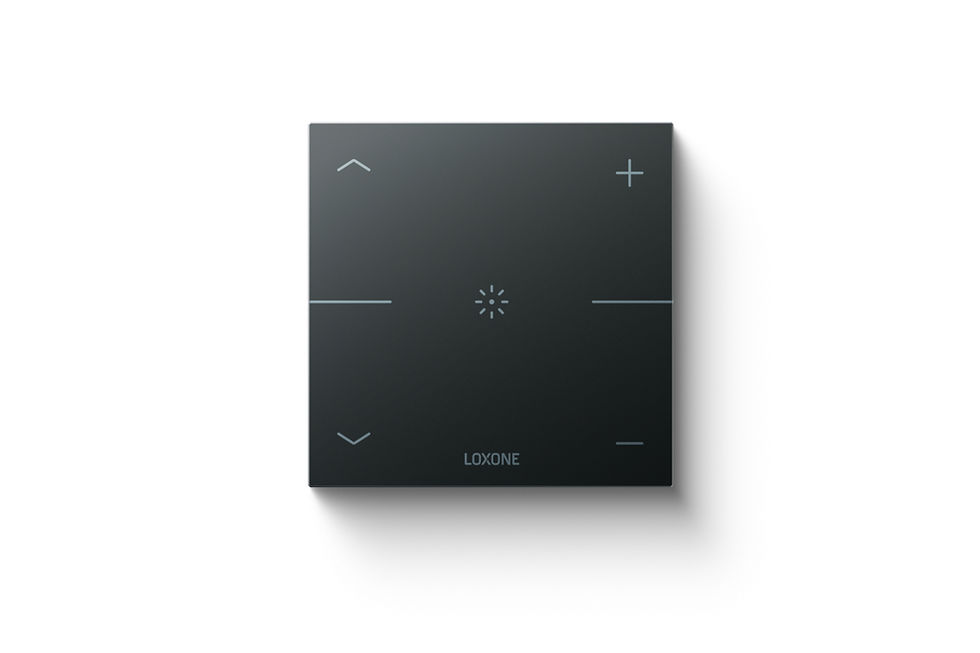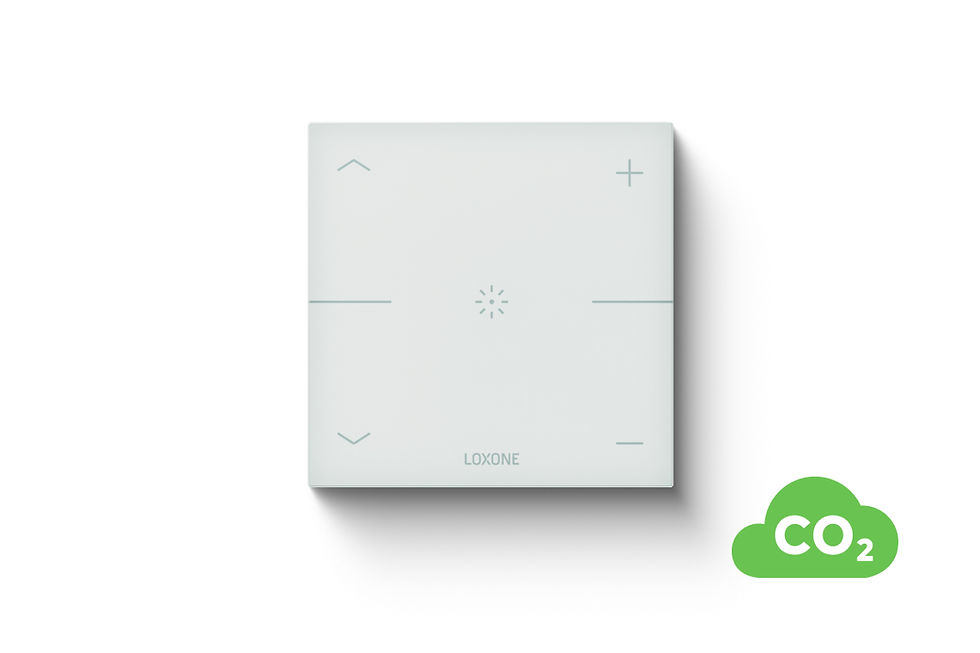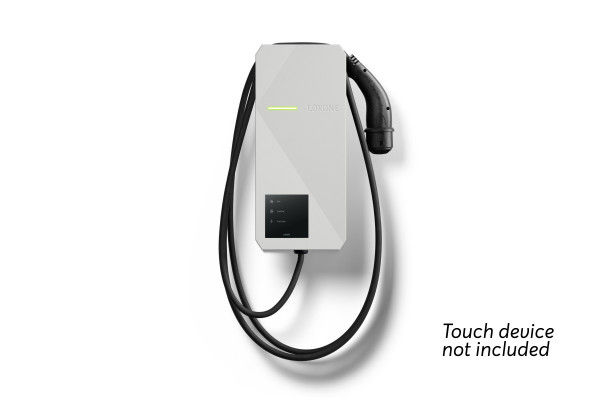Challenge: automatic stair lighting
Illuminating a staircase at night not only creates safety, but also impressively enriches your customers' buildings. Safety is significantly increased by illuminating each individual step. But not only the safety aspect of stair lighting plays a role - it can also create an impressive ambience! The special feature of this application example is that each step is individually set in scene with indirect lighting. Warm white LED strips are best suited for this, as not so many dimmers are required. Of course, every step can also be illuminated with an RGBW LED strip. However, the use of hardware increases here.
The challenge now is to configure a movement-dependent staircase lighting. Depending on whether the stairs are entered from below or from above, the running light should begin at the respective step. When the step lighting is switched off, the running light should go out in the opposite direction. So starting with the first step that was entered and ending with the last step.
Solution: Automatic staircase lighting including running lights
Your customers' step lighting should only be activated when the staircase is actually stepped on. If the stairs are sufficiently illuminated by natural light during the day, the step lighting is not activated. With the help of the Loxone Miniserver the step lighting can be specially adapted to the needs of your customers. This is also the case in our application. We go from a staircase with 12 steps and lighting with warm white LED strips the end. The warm white LED strips are controlled via RGBW 24V dimmers. A RGBW 24V dimmer has four outputs that can be loaded with up to 50W. Thus, the warm white LED strips from Loxone have a maximum length of 5m per channel.
So that it can now be reliably recognized whether a person is entering the stairs from below or above, two Motion detector Tree used. These are positioned in such a way that only one movement is actually detected when a person approaches the stairs.
If, for example, a movement is detected in the lower sector of the stairs, the running light begins with a freely definable delay. Once the running light has reached the top level, the lighting goes out again starting at the bottom level. If your customer first steps onto the upper area of the stairs, the running light behaves in exactly the opposite way.
Hardware:
top of page
€0.00Price
Related Products
new hits
bottom of page































































